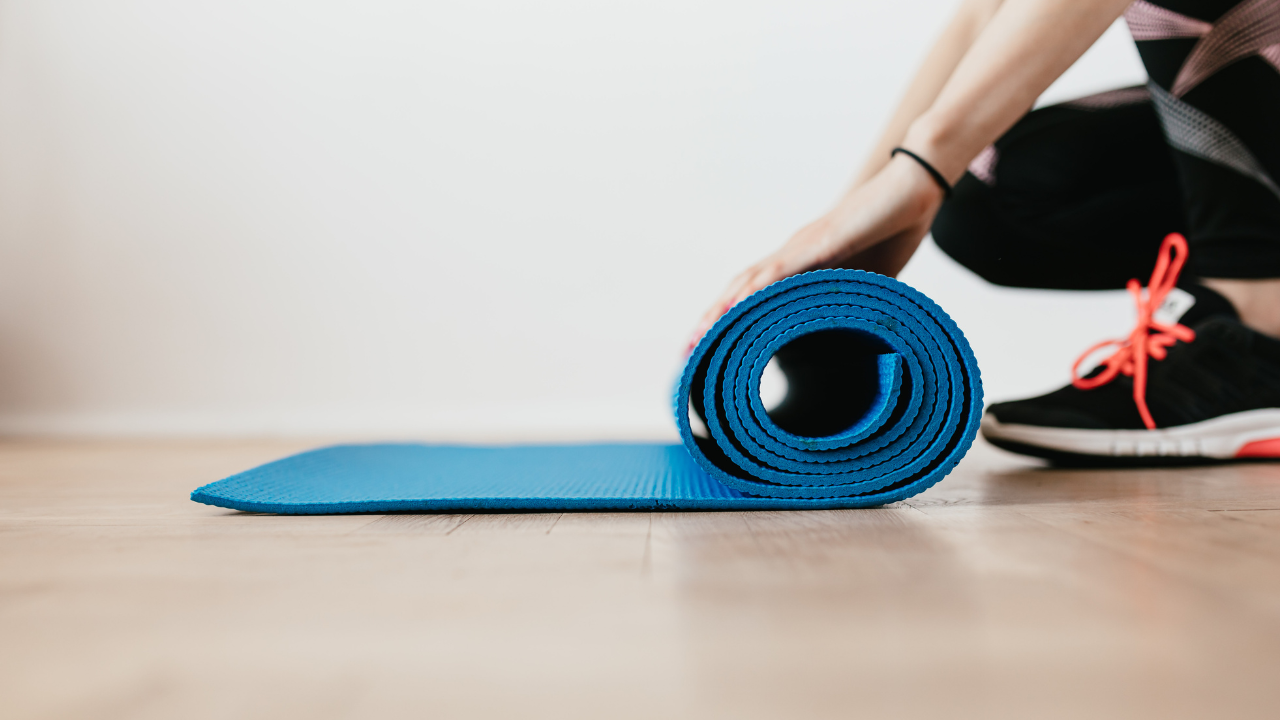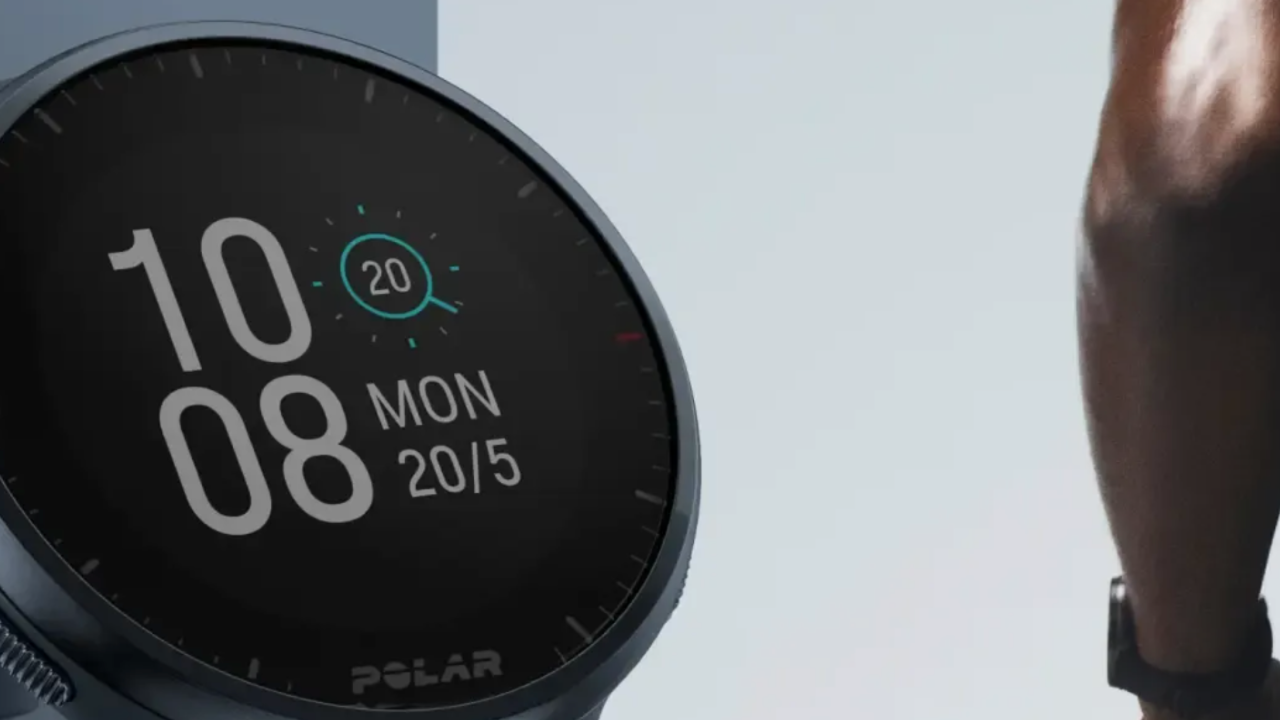If you’ve ever tried to shop for a fitness wearable, you know how overwhelming it can be. Every brand promises to track your health, optimize your training, and improve your sleep—but not every device is built the same. Two of the most talked-about wearables are Whoop and Polar, each with its own philosophy, features, and benefits. Understanding the differences can save you time, money, and frustration while helping you choose the device that truly supports your goals.
How Whoop Tracks Recovery and Strain
Whoop is built for people who care deeply about recovery and performance. Unlike traditional fitness trackers that focus mainly on workouts, Whoop is designed to help you understand how your body responds day to day. It tracks heart rate variability (HRV), sleep stages, and daily strain to give you a recovery score each morning. This score tells you whether your body is ready for intense training, a moderate session, or if you should focus on rest.
The main benefit of Whoop is that it turns data into actionable insight. Instead of guessing whether your body is ready for another heavy workout, you can see real metrics guiding your decision. For those their 40s, where recovery naturally slows and injury risk increases, this can be a game changer. You’ll sleep smarter, train smarter, and avoid overexertion—all with one minimalistic device.
But Whoop isn’t perfect. It’s subscription-based, so you’ll pay monthly to access all insights, and there’s no display on the device itself. You interact with data entirely through the app, which might frustrate people who like quick, on-wrist feedback. Also, because it focuses so heavily on recovery, you won’t get as many detailed training metrics as you would from other devices.
How Polar Supports Fitness Tracking and Long-Term Health

Polar has been around for decades, earning a reputation for reliable heart rate monitoring and versatile fitness tracking. Unlike Whoop, many Polar devices are purchased outright, with some models offering optional subscriptions. Polar trackers monitor heart rate zones, energy expenditure, sleep quality, and even recovery metrics. If you’re serious about structured workouts—running, cycling, HIIT—Polar gives the numbers to optimize every session.
For men and women who want a wearable that combines fitness tracking, sleep insights, and energy monitoring in one device, Polar is compelling. You can see your training zones, track long-term trends, and get actionable guidance without committing to a subscription. Its ecosystem integrates with other fitness platforms, making it flexible if you already use apps like Strava or TrainingPeaks.
That said, Polar isn’t all positives. Some models are less focused on recovery than Whoop, and the wearable experience can feel a bit more “tech-heavy” than the simple, coaching-focused interface Whoop provides. If you want deep recovery insights and daily strain guidance, Polar may feel like it’s missing a piece of the puzzle.
Who Should Consider Whoop
Whoop is ideal for anyone who prioritizes recovery, sleep, and daily strain management. For men in their 40s juggling work, family, and training, it provides a clear, science-backed way to prevent overtraining and improve performance. If you’re willing to invest in a subscription and trust app-based guidance, Whoop can be transformative. It’s especially valuable for people who like actionable coaching rather than just raw data.
Who Should Consider Polar
Polar works best for those who want comprehensive workout and fitness tracking without committing to a subscription. It’s perfect for people who enjoy structured exercise programs, long-term trend tracking, and having flexibility in wearable features. If your primary goal is performance optimization with occasional recovery insights, Polar will meet your needs. It’s also appealing to anyone who prefers a one-time purchase or wants integration with other fitness apps.
Practical Tips to Make the Right Choice
When choosing between Whoop and Polar, start by identifying your priorities. Ask yourself:
-
Am I more focused on recovery or structured workouts?
-
Do I prefer a subscription model with ongoing guidance or a one-time purchase?
-
Do I want detailed heart rate zone analytics or actionable recovery scores?
If recovery, sleep, and reducing injury risk are top priorities, Whoop is your go-to. If workout analytics, heart rate zones, and flexible app integration are more important, Polar is likely the better fit. Remember, the best wearable is the one you’ll actually use consistently, not the one with the flashiest marketing.
Making the Most of Your Wearable
No matter which device you choose, wearables only work if you use the data effectively. Track your sleep, monitor your daily strain or training load, and adjust your habits accordingly. Combine insights with good nutrition, consistent training, and recovery practices. Over time, your wearable becomes more than a tracker—it becomes a tool to understand your body, improve performance, and support long-term health.
The Right Decision for You
Both Whoop and Polar are excellent wearables, but they serve slightly different purposes. Whoop excels at recovery-focused insights, helping you understand your body and train smarter, while Polar provides detailed fitness tracking, energy monitoring, and workout optimization. By clearly identifying your goals, you can choose the device that fits your lifestyle and maximizes results.
Explore the latest Whoop and Polar devices today and find the wearable that will elevate your training, sleep, and overall wellness.




